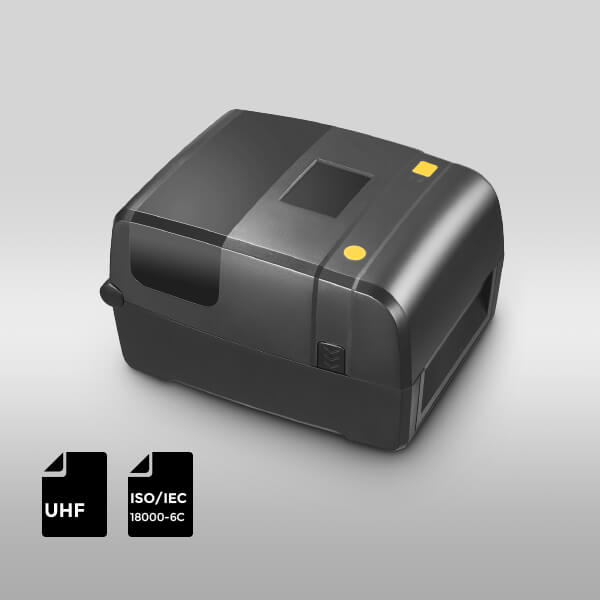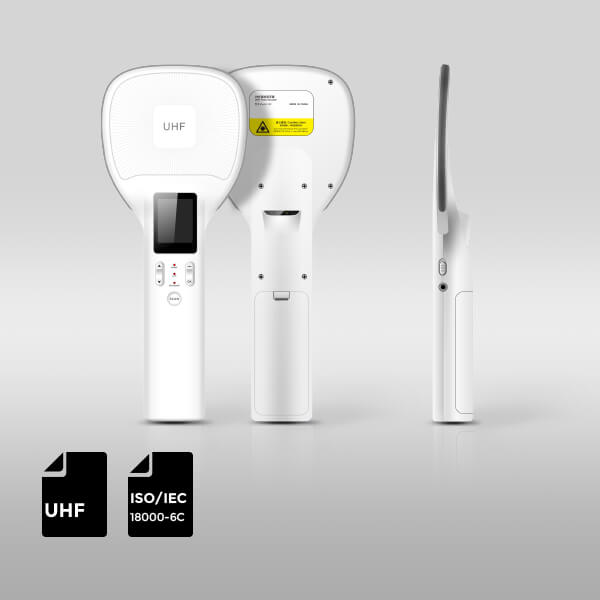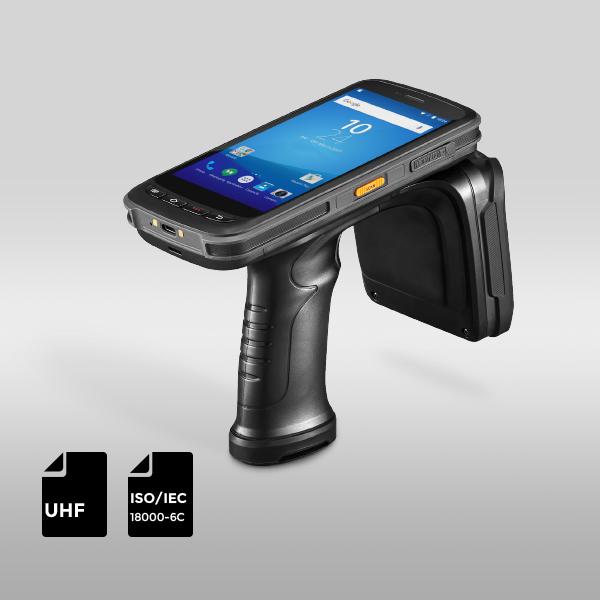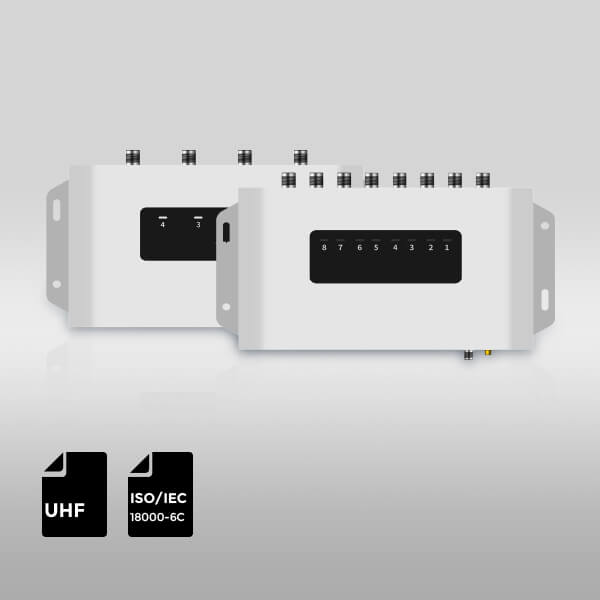
📡 Understanding the Range of RFID Readers: A Complete Guide
RFID (Radio Frequency Identification) technology has become a cornerstone in industries like asset management, supply chain tracking, access control, and employee attendance. The range of an RFID reader, or the distance over which it can read tags, is a critical factor in determining the efficiency and effectiveness of an RFID system. This guide explores the key factors that influence RFID reader range and how to optimize it for your needs.
🔍 Basic Components of an RFID System
An RFID system consists of three main components, each playing a vital role in the reading range:
1. RFID Tags
RFID tags store and transmit information. They are categorized into:
- Active Tags: Equipped with batteries, these tags actively send signals, offering longer reading ranges.
- Passive Tags: These tags rely on the reader’s signal for activation, resulting in shorter ranges.
- Semi-Active Tags: They have batteries to boost signal reception but only activate when signaled by the reader.
The type, size, shape, and antenna design of RFID tags significantly impact the reading distance.
2. RFID Readers
RFID readers are the backbone of the system, sending radio frequency signals to tags and receiving data. Factors like design, power settings, and frequency directly influence the reading range. Readers must be within range of the tags for effective communication.
3. Backend System
While the backend system doesn’t affect the reading distance, its efficiency and compatibility with RFID devices are crucial for overall system performance.
📶 Factors Affecting the Range of RFID Readers
Several factors influence the reading range of RFID readers. Understanding these can help you optimize your system:
1. Operating Frequency
RFID systems operate at different frequencies, each suited for specific applications:
- Low Frequency (LF): Operates at 125 kHz or 134.2 kHz, ideal for short-range applications like animal identification. LF signals penetrate materials well but have limited range.
- High Frequency (HF): Operates at 13.56 MHz, suitable for medium-range applications like employee badges and transit cards. HF provides stable transmission but with shorter ranges than UHF.
- Ultra High Frequency (UHF): Operates between 860 MHz and 960 MHz, ideal for long-range applications like warehouse management. UHF offers the longest reading distances.
UHF devices typically have the longest reading distances, making them ideal for extensive applications.
2. Antenna Design and Configuration
The design and placement of antennas are critical for signal coverage:
- Type of Antenna: Circularly polarized antennas offer better signal distribution, while linearly polarized antennas provide focused signals.
- Antenna Position and Orientation: Proper placement and orientation of antennas ensure optimal signal strength and coverage.
High-gain directional antennas can significantly extend the reading range by focusing the signal.
3. Environmental Factors
Environmental conditions can interfere with RFID signal propagation:
- Metallic and Liquid Interference: Metals and liquids can absorb or reflect RFID signals, reducing range. Avoid placing RFID systems near these materials.
- Obstacles and Reflections: Walls and equipment can obstruct signals. Optimizing device layout minimizes interference.
- Temperature and Humidity: Extreme conditions can affect RFID device performance. Choose adaptable equipment for stable operation.
4. Reader Power and Settings
The power settings of RFID readers directly impact reading distance:
- Transmission Power> Higher power increases range but also energy consumption.
- Automatic Power Adjustment: Modern readers can adjust power based on tag distance, optimizing range and energy use.
Fine-tuning power settings ensures efficient signal strength without unnecessary energy use.
🌟 Conclusion
The reading range of an RFID reader is influenced by frequency, tag type, antenna design, environmental factors, and power settings. By understanding these factors and optimizing configurations, businesses can significantly enhance RFID system performance.
When selecting RFID devices, consider the specific needs of your application, including frequency, tag type, and environmental conditions. Proper antenna placement and power key to achieving optimal reading outcomes.
As RFID technology evolves, we can expect advancements in interference resistance and longer reading ranges, opening up new possibilities for RFID applications.
❓ FAQs
Can RFID readers read multiple tags simultaneously?
Yes! RFID readers use anti-collision technology to read multiple tags at once, making them ideal for scenarios like warehouse management and asset tracking.
What are the main applications of RFID readers?
RFID readers are used in logistics, access control, inventory management, asset tracking, personnel monitoring, and parking management, among others.
Is installing and maintaining RFID readers challenging?
Installation is straightforward, but proper configuration and calibration are essential. Regular maintenance, such as checking connections and cleaning antennas, ensures optimal performance.
🛠️ Recommended Products
Recommended Products

Wearable Bluetooth UHF RFID Reader

UHF RFID Printer

UHF RFID Handheld Reader

UHF RFID Handheld Reader | ISO 18000-6C


RFID Antenna UHF
15-Meter Cable for UHF RFID Fixed Reader
UHF Tag
4″x2″ 860-960MHz UHF RFID Label RFID M4D
UHF Tag
4″x4″UHF RFID Label Alien H3 | ISO18000-6C
RFID Antenna UHF
5-Meter Cable for UHF RFID Fixed Reader
HF Card
ABS RFID KEY-FOB Tag RFID Classic 1K
HF Card
ABS RFID KEY-FOB Tag RFID Classic 4K
HF Card
ABS RFID KEY-FOB Tag RFID Ultralight C
HF Tag
ABS RFID KEY-FOB Tag RFID Ultralight EV1
LF Card
ABS RFID KEY-FOB Tag ATA5577
LF Card
ABS RFID KEY-FOB Tag EM4200
HF Card
ABS RFID KEY-FOB Tag EM4305
HF Card
ABS RFID KEY-FOB Tag RFID TAG 213